Once you start enjoying snowboarding, you’ll probably begin thinking, “I want my own board!”
While rental boards are fine for casual use, many people eventually feel the urge to ride with a board that’s truly theirs.
I’ve been there myself—and I can say that owning your own board gives you extra motivation to hit the slopes. Plus, you’ll find yourself thinking, “I bought this, so I might as well practice!” As a result, having your own board definitely helps you improve faster.
In this guide, we—qualified A-level instructors—will explain in detail (with diagrams and examples) how beginners can choose the right snowboard. Use these tips as a checklist when deciding on your first purchase.
Don’t Rush Straight to the Sports Shop
It’s great to feel excited and say,
“This season, I’m buying my own board and getting better at snowboarding!”
But before you run off to the store, take a moment—because that’s not the best way to start.
If you rely entirely on store staff without doing any research, you might be recommended a board that isn’t ideal for beginners. (After all, the boards the shop wants to sell aren’t always the ones that are easiest for newcomers.)
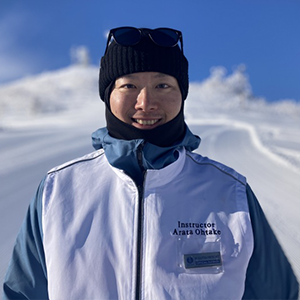
For beginners who want to improve, not every board will work. Choosing a board that’s too difficult to handle can actually slow down your progress, even if it’s your first personal board.
So, to make sure you pick a board that truly fits you, let’s go through the six key points for choosing one.
6 Points for Choosing a Snowboard as a Beginner
Length
A common rule of thumb for board length is:
Your height minus about 15 cm.
When you stand the board upright, the tip should roughly reach somewhere between your chin and nose.
If you’re tall, subtract around 20 cm from your height; if you’re shorter, subtract around 10 cm.
This is only a general guideline—feel free to adjust based on your riding goals.
If you want stability at higher speeds, go slightly longer to reduce wobbling.
If you want to focus on freestyle tricks (like buttering or spins), a shorter board will be easier to maneuver.
Think about the kind of riding style you want to develop—that way, you’ll be able to enjoy your board for a long time.
Width
Width isn’t something you need to obsess over. Board widths are usually proportional to length, so you won’t often have many options to choose from.
If you pick the right length for your height, the width will generally match up too.
However, if you have unusually large or small feet for your height, pay attention here.
As a general rule, the board’s waist width (the narrowest part) should be about 1 cm less than your boot size.
If your boots stick out too far, they might catch in the snow. If the board is too wide, it’ll feel harder to turn.
Shape
Next, let’s talk about shape.
Even though we say “snowboard” as one word, there are many different shapes suited for different riding styles.
Beginners might not have a set riding style yet, but keep in mind which shapes go well with which styles—it’ll make more sense later as you improve.
The 4 Main Snowboarding Styles
Carving Style:
A classic, edge-driven style focused on speed and clean turns.
Park Style:
Riding jumps (kickers), rails, and boxes in a terrain park.
Backcountry Style:
Riding untracked, ungroomed powder outside the resort boundaries.
Ground Trick (Freestyle) Style:
Doing spins and small tricks on regular groomed runs.
Each of these styles works best with certain board shapes.
Shapes Seen from the Top
When looking from above, shapes are categorized by the nose and tail length and symmetry:
Twin Tip
Directional
Directional Twin
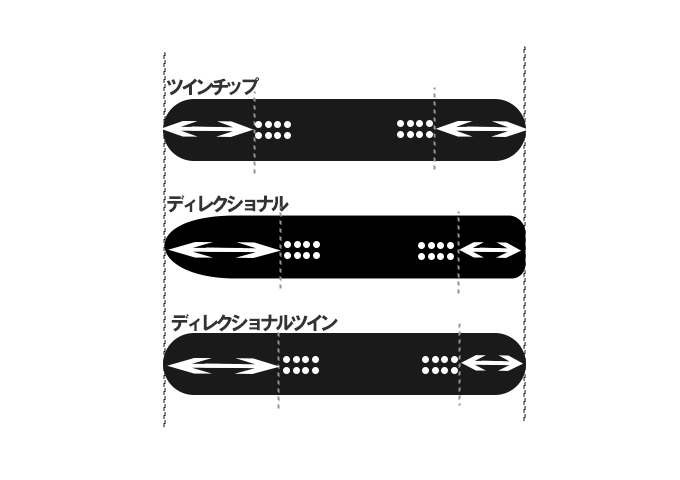
Twin Tip:
Same length and shape on both ends—ideal for riding switch (backward). Perfect for freestyle riders.
However, because the nose is short, it’s harder to float in powder.
Directional:
The nose is longer and shaped differently from the tail.
Because the stance is set slightly toward the tail, the nose stays up easily—great for powder and stable for beginners.
On the downside, riding switch is harder, so it’s not ideal for freestyle or park use.
Directional Twin:
A mix of the two. The nose is a bit longer, but both ends share the same shape.
It rides switch easily yet still performs well in powder.
If you want one board that can do it all, this is a great choice.
Shapes Seen from the Side
Now let’s look at the profile shape, as seen from the side.
There are many variations nowadays, but here are the four main types:
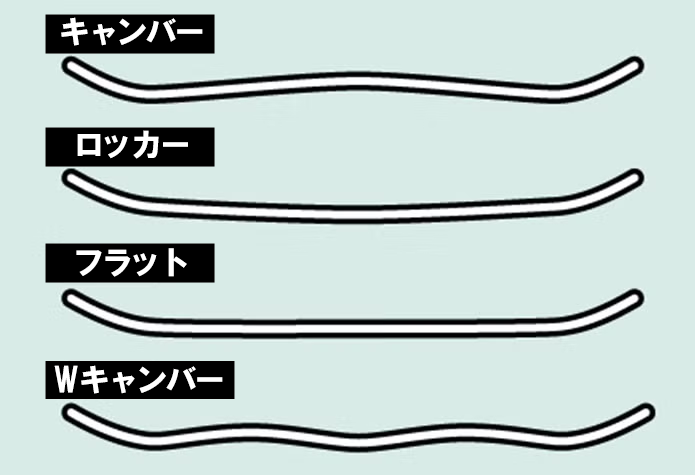
Camber:
The most traditional shape. The center arches off the snow, and when you apply pressure, it flexes to create strong rebound and edge grip.
A great all-around option for most riders.
Rocker:
The center touches the snow, and both ends curve upward.
This makes it easy to turn and reduces the chance of catching an edge—but it can feel too “loose” for beginners practicing stable turns.
Flat:
Completely flat from tip to tail, giving excellent stability at speed.
However, it can be a bit harder to control for beginners.
Double Camber (Hybrid):
The center is a rocker, but under each foot there’s a camber section.
It combines the best of both worlds—stable, poppy, and playful—so it’s very popular today.
The only tradeoff is that it doesn’t reach the full performance of pure camber or rocker boards.
Here’s a quick summary table:
| Profile | Turning | Edge Catch | Pop/Ollie | Ease of Use |
|---|---|---|---|---|
| Camber | ◎ | × | ◎ | ○ |
| Rocker | × | ◎ | × | ○ |
| Flat | ○ | △ | △ | △ |
| Double Camber | ◎ | ○ | ○ | △ |
Flex (Stiffness)
Next is stiffness.
In short: beginners should choose a softer board, because it’s easier to control.
Snowboard stiffness has two components:
Flex: How much the board bends lengthwise.
Torsion: How much it twists.
As a rule of thumb:
Stiffer boards are more stable at high speed.
Softer boards are easier to handle at low speed.
Therefore, beginners should go for softer flex and torsion for easier handling.
Weight
Weight also matters.
For beginners, a light board is strongly recommended.
Heavier boards offer more stability at high speed but can tire your legs quickly, especially on lifts. Beginners usually find lighter boards easier to maneuver.
It’s hard to tell a board’s weight online, so the best way is to shortlist a few models, visit a shop, and physically compare them.
Design
Finally, let’s talk about design.
While design doesn’t affect performance, it does affect motivation.
When you love the look of your board, you’ll be more excited to ride—and you’ll likely take better care of it too.
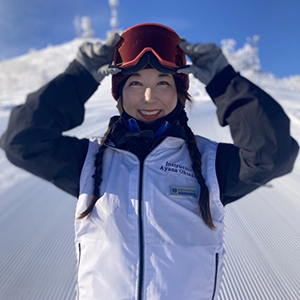
Snowboard graphics appear not only on the top but also on the base—and surprisingly, the bottom design often catches more eyes! Personally, I choose boards mainly by the base design.
Matching your board design and color with your outerwear also creates a more stylish, coordinated look.
Are Cheap No-Brand 3-Piece Sets OK for Beginners?
You’ve probably seen those super-cheap online sets: board, boots, and bindings included.
People often ask, “For my first board, is that kind of set okay?”
Personally, I don’t recommend it—unless you plan to go snowboarding just once or twice.
If you intend to go regularly or want to improve, you’ll eventually want a quality brand setup anyway. In that case, the cheap set becomes a waste of money.
You’ll enjoy snowboarding much more—and progress faster—if you invest in a proper, reputable brand from the start.
Don’t Forget a Lock!
Once you’ve bought your own board, get a lock too.
Unfortunately, snowboard thefts do happen—often during lunch or restroom breaks.
It would be heartbreaking to lose your brand-new board.
Cable locks cost around 1,000 yen and are well worth the peace of mind.
Another simple theft deterrent is to put stickers on your board. Thieves often resell boards online, and removing stickers cleanly takes effort—so they tend to avoid boards with visible customization.
Decorating your board with stickers from your favorite brands also makes it more personal and fun!
Conclusion
If you’ve started loving snowboarding, it’s time to get your own board!
Just riding on your personal board feels amazing, and choosing one that matches your goals will dramatically speed up your improvement.
We at Samurai Snow Concierge, based in Rusutsu, Hokkaido, specialize in private ski and snowboard lessons.
If you’re unsure which board suits you, want advice based on your skill level, or hope to improve faster with your new gear—feel free to contact us anytime.
We’d love to help you find the perfect board and make your snowboarding journey even more enjoyable!
↓↓↓↓↓↓↓↓↓↓↓↓↓↓↓↓↓↓↓↓↓↓↓↓↓↓↓↓↓↓
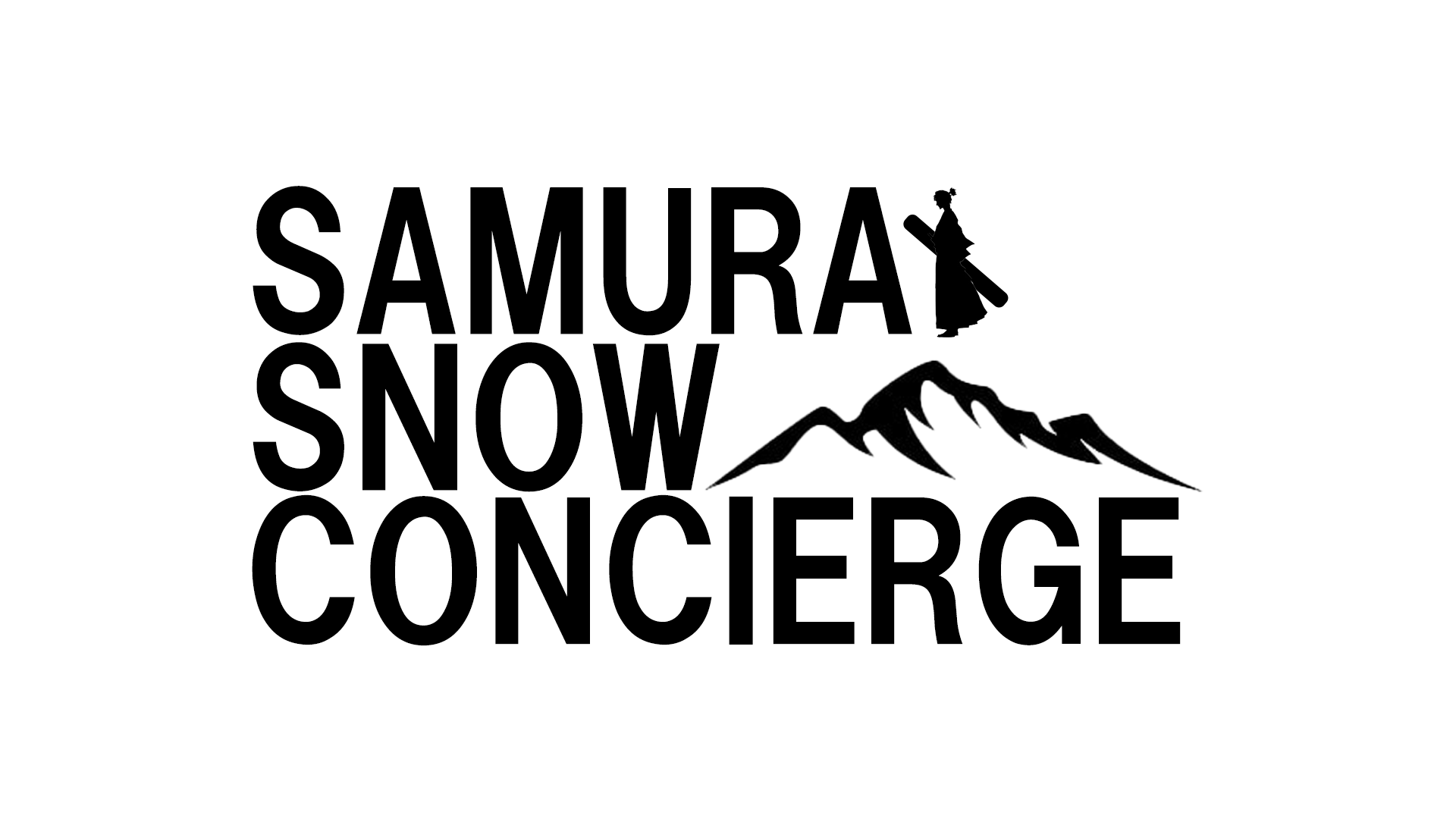
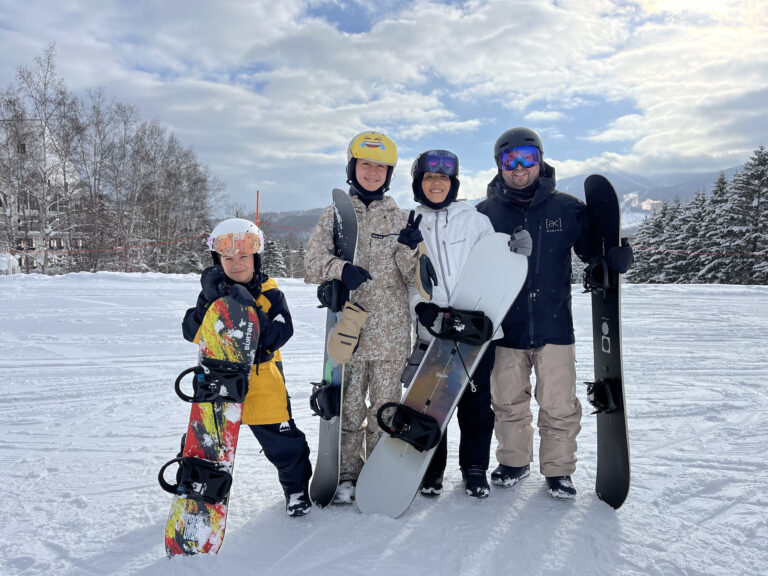


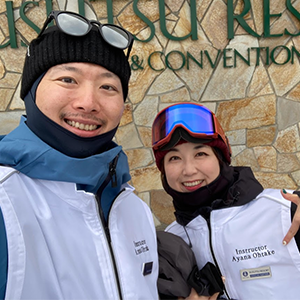





コメント